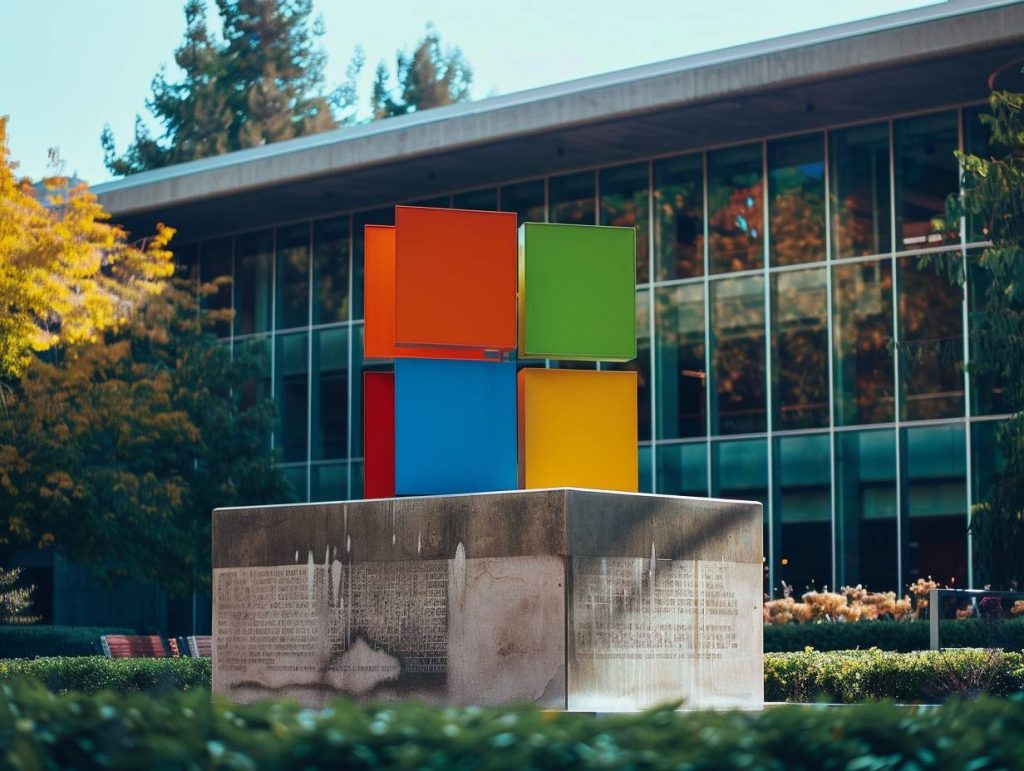In groundbreaking research from Ohio State University, pigeons have been showcased as unexpected paragons of problem-solving, demonstrating capabilities that align closely with artificial intelligence (AI) principles. This revelation challenges preconceived notions about the avian species and opens new avenues for AI development.
Pigeons and AI: A convergence of learning methods
The research conducted by Professor Brandon Turner and his colleague from the University of Iowa, Professor Edward Wasserman, illustrates that pigeons employ a learning method similar to the algorithms that drive modern AI when faced with complex tasks. Unlike humans, who may give up on unsolvable problems, pigeons engage in associative learning and error correction to gradually improve their performance. This strategy has shown efficiency in their experimental task completion.
In their study, Turner and Wasserman put pigeons through a series of visual categorization tasks that ranged in difficulty. These tasks required the birds to identify and categorize images, rewarding them with food pellets for correct answers. The resulting data showed that pigeons could improve their accuracy significantly, demonstrating their ability to learn and adapt without human-like generalization skills.
Redefining “Birdbrain” in the light of new research
The results of this study prompt a reevaluation of the intelligence of pigeons, traditionally underestimated in the popular vernacular. The term “birdbrain” may no longer be applicable as a pejorative, given the evidence of pigeons’ proficiency in tasks that require a learning curve similar to sophisticated AI systems. The study’s findings underline an ironic twist: the learning principles considered exclusive to human-designed AI are effectively employed by pigeons in their natural behavior.
The researchers’ work also highlights the effectiveness of brute force methods — repeated trial and error — which can be advantageous in specific scenarios, contrary to the traditional view of such approaches as primitive or inflexible. This suggests that the way pigeons learn can provide valuable insights into creating more robust AI capable of operating without the bias and rule-seeking behavior that characterizes human problem-solving.
Implications for future AI development
The Ohio State University’s study has significant implications for cognitive science and AI. By analyzing the problem-solving methods of pigeons, researchers have uncovered a surprising parallel to the functioning of machine learning models. This parallelism has potential applications in enhancing the way AI systems learn, offering a more streamlined and direct approach to problem-solving without the need for explicit programming of rules or instructions.
The research indicates that natural learning mechanisms like those seen in pigeons can be mirrored in AI to create systems that learn from their environment more organically. This helps in designing better machine learning models and contributes to a deeper understanding of cognition across species.
In essence, the study serves as a bridge between the study of natural intelligence and artificial systems, suggesting that the two may not be as different as previously thought. As AI research seeks inspiration from the natural world, the humble pigeon stands as a testament to the vast and varied landscape of cognitive ability, challenging researchers to look beyond human benchmarks in the pursuit of technological advancement.
The research from Professors Turner and Wasserman has not just transformed the view of pigeon intelligence. Still, it has also provided a model that could revolutionize AI learning algorithms, making “birdbrain” a compliment rather than an insult.




